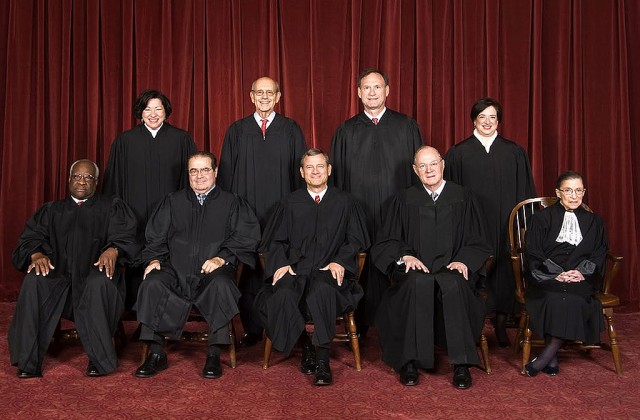Inclusionary Zoning Heads to the United States Supreme Court
Last year the California Supreme Court upheld a San Jose law similar to the one being proposed here in Seattle. A lower court had found differently and now the case against the law has been appealed to the United States Supreme Court. The Court will decide whether it will hear the appeal. One thing different about this case from Seattle’s proposal is that the San Jose law applies to for sale housing product. Other courts in California have ruled against inclusionary zoning unless it comes with upzones or fee options, clearly the thinking behind Seattle’s proposal. Those are being challenged too, but it’s unclear exactly how California will proceed with some of it’s inclusionary laws already on the books. There is a great summary of the issues in California by Andrew Faber in a paper he presented to the League of California Cities. I want to quote, though, from a great op-ed in the Los Angeles Times about the inclusionary case going to the Supreme Court.
If you think affordable housing mandates can’t do much harm in regions where home prices are already among the highest in the nation, think again. In a Reason Public Policy Institute study that investigated the impact of housing set-asides in the San Francisco Bay Area from 2003 to 2007, economists Benjamin Powell and Edward Stringham found that the volume of new home construction dropped on average 30% in the first year after such a law passed, and prices rose 8%.
In a study looking at Southern California, Stringham and Powell found that housing starts in eight cities dropped off significantly after the inclusionary zoning went into effect. In the seven years before the law, over 28,000 new homes were built. In the seven years after? Only 11,000. Yes, 770 “affordable” units were constructed, but what’s more important is the 17,000 homes that weren’t built at all, making the housing shortage more acute and pushing up prices.
Exactly what we’ve been saying. Far from helping housing prices, inclusionary schemes just reduce supply making housing scarce and therefore, more expensive. The author, Gary M. Galles, a professor of economics at Pepperdine University, also uses a great analogy.
Suppose there was a law that if you opened a new supermarket you had to sell 15% of your groceries to low-income people at far-below market prices to improve their access to good nutrition. This would clearly be an unfair burden. Those wanting to open new supermarkets did nothing to cause the problem; on the contrary, they intended to increase food accessibility.
Those eligible to buy the cheap food would benefit. But if this regulatory “tax” led to fewer new markets, many more people would lose. To cover the cost of this forced charity, new supermarkets would charge higher prices for the remaining 85% of their groceries. Existing stores might, in turn, decide to raise their prices because the new stores would provide no price competition on most goods.
Our society recognizes the downstream consequences of forced charity policies when the product is food; that’s why the food stamp program doesn’t constrain suppliers or meddle with free-market rates. (Instead, it helps low-income consumers afford full-price goods.) We should notice the same consequences when the product is housing.
As Mayor of Oakland, I saw how difficult it can be to attract development to low and middle income communities. Requiring developers to include below-market units in their projects can exacerbate these challenges, even while not meaningfully increasing the amount of affordable housing in a given community.
Hopefully the courts here and in Washington DC will agree.


